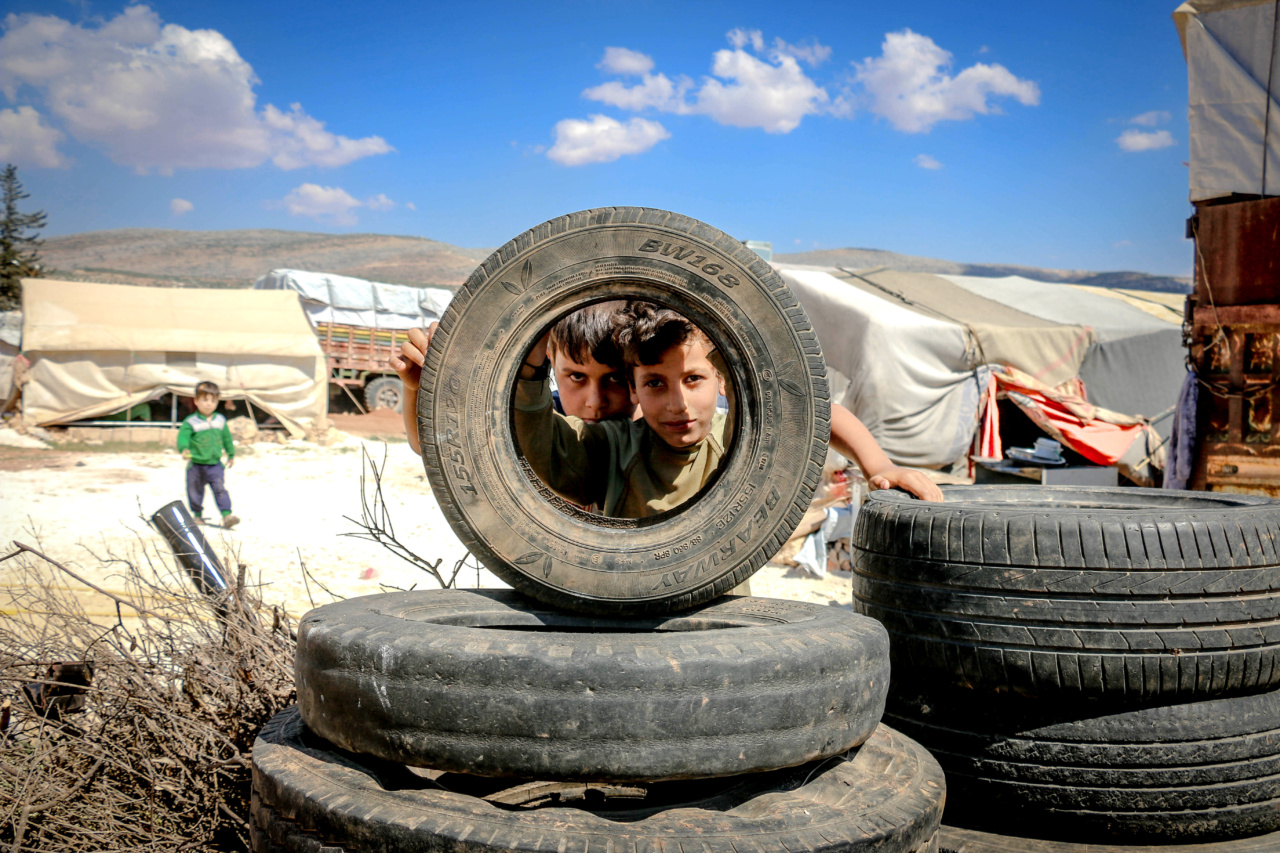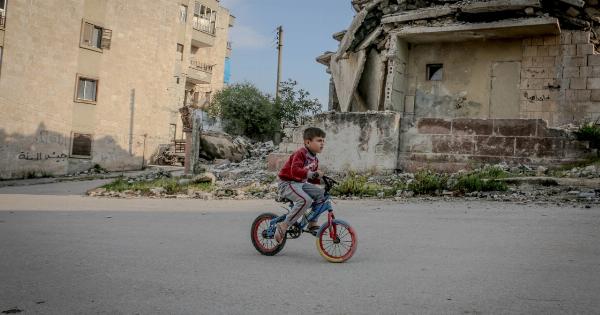Childhood obesity has become a growing concern in many countries around the world. According to the World Health Organization (WHO), the number of overweight or obese children under the age of 5 has increased dramatically in the past few decades.
The causes of childhood obesity are multifactorial, and one important factor that often plays a significant role is poverty. This article explores the impact of poverty on childhood obesity rates, highlighting the various ways in which socioeconomic status affects a child’s risk of becoming obese.
Poverty and Food Insecurity
One of the key pathways through which poverty influences childhood obesity rates is food insecurity. Poverty often limits access to healthy and nutritious food options, forcing families to rely on cheaper, calorie-dense foods.
These foods are often high in fat, sugar, and salt, leading to excessive calorie intake and an increased risk of obesity. Additionally, food insecurity can lead to irregular eating patterns and skipping meals, which can further contribute to weight gain in children.
Obesogenic Environment and Poverty
Poverty is also closely linked to living in an obesogenic environment. Many low-income neighborhoods lack safe and affordable recreational facilities, making it difficult for children to engage in physical activity.
Limited access to parks, sports clubs, and recreational centers can discourage children from participating in regular exercise and contribute to a sedentary lifestyle. Furthermore, living in neighborhoods with a higher prevalence of fast food outlets and a limited availability of fresh produce makes it more challenging for families to make healthy food choices.
Psychosocial Factors and Poverty
Children from low-income families often face a range of psychosocial challenges that can increase their risk of obesity.
Stressors associated with poverty, such as living in unsafe neighborhoods, experiencing family turmoil, or lacking access to basic resources, can lead to emotional eating and unhealthy coping mechanisms. Moreover, the presence of mental health disorders, such as depression and anxiety, is higher among economically disadvantaged children, further contributing to the development of obesity.
Education and Nutritional Knowledge
Poverty can affect a child’s access to quality education and nutritional knowledge, which in turn influences their eating habits and overall health.
Low-income families may not have the resources to afford nutrition education programs or have limited access to accurate information about healthy eating. Without proper education and knowledge, children are more likely to make poor dietary choices and adopt unhealthy eating behaviors that can lead to obesity.
Impact of Food Marketing and Poverty
Food marketing is a powerful force that heavily influences children’s food preferences and consumption patterns.
Unfortunately, many low-income communities are disproportionately targeted by aggressive marketing campaigns promoting unhealthy foods. The affordability and accessibility of these foods, coupled with persuasive advertising, make it difficult for children from economically disadvantaged backgrounds to resist the temptation, ultimately contributing to higher obesity rates.
Healthcare Disparities and Poverty
Children living in poverty often face significant healthcare disparities, which can impact their weight status and contribute to the development of obesity.
Limited access to regular healthcare check-ups and preventive services can result in undiagnosed medical conditions, such as hormonal imbalances or nutritional deficiencies, that contribute to weight gain. Additionally, the cost of medical treatments and therapies for obesity-related issues may be a barrier for low-income families seeking appropriate care for their children.
Socioeconomic Status and Breastfeeding
Breastfeeding is known to have numerous health benefits for infants, including a reduced risk of obesity. However, socioeconomic disparities can influence breastfeeding rates.
Mothers from higher socioeconomic backgrounds are more likely to receive support and resources to initiate and maintain breastfeeding, whereas mothers facing poverty may not have access to the necessary resources or may need to return to work earlier, making exclusive breastfeeding more challenging. This disparity can contribute to the higher prevalence of obesity among children from economically disadvantaged families.
Intergenerational Cycle of Poverty and Obesity
The impact of poverty on childhood obesity goes beyond the immediate consequences and extends into adulthood. Children growing up in poverty are more likely to become obese adults, perpetuating the intergenerational cycle of poverty and obesity.
This cycle is influenced by a combination of genetic, environmental, and lifestyle factors that are deeply rooted in socioeconomic disparities. Breaking this cycle requires comprehensive interventions that address the multifaceted challenges faced by low-income families.
Addressing Poverty to Reduce Childhood Obesity
To effectively reduce childhood obesity rates, addressing poverty and its associated factors is crucial.
Policies that aim to reduce socioeconomic inequalities, such as providing affordable housing, improving access to quality education, and increasing employment opportunities, can contribute to improved health outcomes for children. Additionally, implementing nutrition education programs targeted at low-income communities and regulating food marketing practices can help promote healthier eating habits among children.
Conclusion
Poverty significantly impacts childhood obesity rates through various interconnected mechanisms.
From limited access to healthy food options to living in obesogenic environments and facing psychosocial challenges, children from low-income families face multiple barriers to maintaining a healthy weight. It is essential for policymakers, healthcare professionals, and society as a whole to recognize the intricate relationship between poverty and childhood obesity and work towards implementing holistic solutions that address these disparities.






























